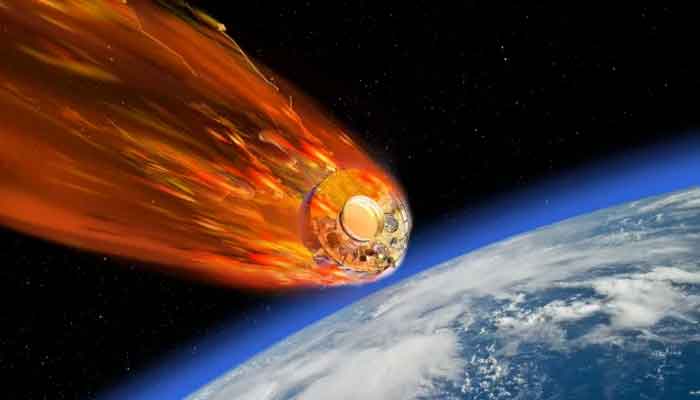The long space journey of a failed Soviet Venus lander has concluded. After orbiting our globe for over fifty years, the Kosmos 482 probe finally crashed back to Earth on Saturday.
According to Russia’s space agency Roscosmos, the reentry occurred over the Indian Ocean, west of Jakarta, Indonesia, at approximately 2:24 am Eastern Time (0624 GMT or 9:24 am Moscow time). It appears that Kosmos 482 fell into the sea without causing any harm.
However, this is just one estimation; other tracking groups and space agencies projected reentry points ranging from the eastern Pacific Ocean to the South Asian peninsula. It remains uncertain if or when the precise location of Kosmos 482’s impact will be definitively known.
As Kosmos 482 passed over Rome, Italy, just before dawn on May 10th, astronomer Gianluca Masi of the Virtual Telescope Project captured an image of the spacecraft during one of its final orbits.
“Visible as a streak entering the field of view from the top and pointing towards the bottom right corner,” Masi described on his website, the probe is clearly visible in the image. “The picture is a composite of four individual images, which explains the dashed appearance of Cosmos 482’s trail.”
The intended destination for Kosmos 482 was not Earth. The spacecraft was part of the Soviet Union’s Venera program, which sent a series of probes to Venus during the 1960s, 1970s, and early 1980s.
Launched in 1972 towards Earth’s intensely hot sister planet, a rocket malfunction left Kosmos 482 stranded in an elliptical orbit around our own planet. Over the subsequent 53 years, atmospheric drag gradually pulled the probe downward, culminating in its fiery demise today.
During their scorching descent back to Earth, the majority of large pieces of space debris, such as spent rocket stages and decaying satellites, break apart, creating artificial meteor showers.



